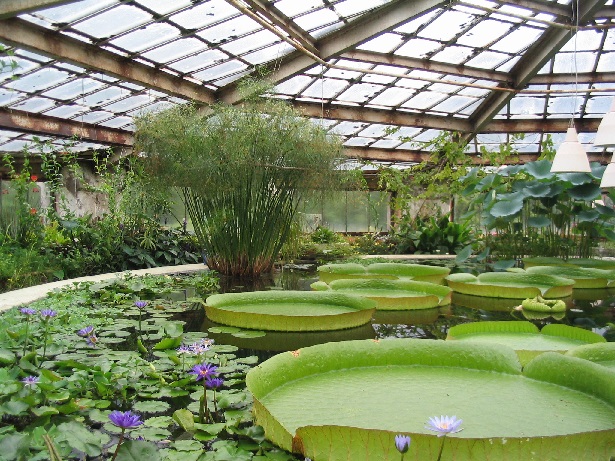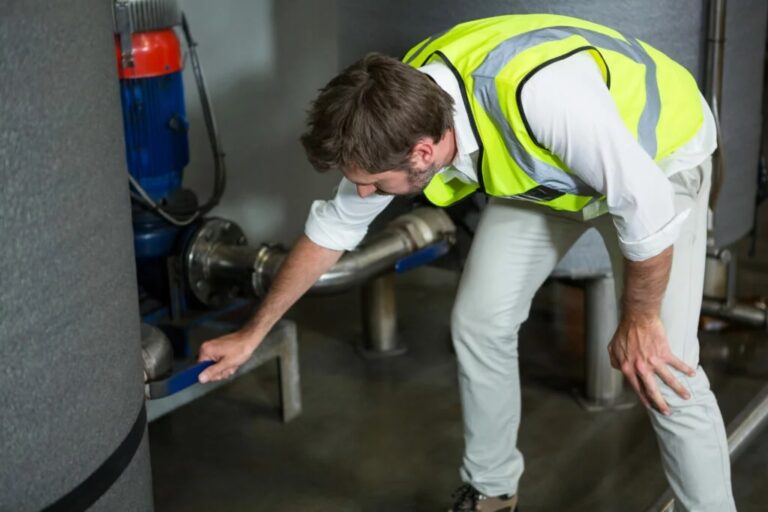
Efficiency in a greenhouse is measured by calculating the total cost and time incurred to acquire the desired plant and crop produce. Primarily, one sets up a greenhouse in order to create an artificially controlled micro-climate. This environment assists the crops to grow faster, all while meeting the desired growth parameters.
However, in some areas, a greenhouse will require you to go an extra mile to ensure that ideal climatic conditions inside are maintained.
A greenhouse minimizes influence from the external environmental factors on the plants. Sometimes maintaining such conditions require special equipment, some of which we have discussed in this article.
Greenhouse Heaters
Heating in a greenhouse usually occurs naturally by trapping heat waves from direct sunlight. The principle of the greenhouse effect is adopted in making micro-climates. Heat waves travel from the sun at a specified frequency and upon entering the greenhouse, the frequency is significantly reduced by the glazing material, and the heat energy is trapped inside. In some cold areas, artificial heating is necessary. The heating is done by the use of electric heaters.
When you buy greenhouse walling and roofing materials, ensure they can support installation of insulation materials. Insulating the greenhouse helps minimize the heat loss. Most of the electric greenhouse heaters are portable, which enables you to supply heat in different areas inside the greenhouse.
Greenhouse Ventilators and Fans
You should facilitate free air circulation in the greenhouse in order to have sustained plant growth. Maintaining high temperatures often requires trapping hot air. Thus, it is very difficult to simultaneously trap heat and maintain air circulation naturally. Therefore, ventilators are used to ensure the greenhouse is warm and properly aerated.
There are varieties of ventilators that are powered by solar energy. Solar vents open segments of the roof to allow temperature drop and fresh air supply. Extract ducts and oscillatory fans cool and aerate the greenhouse by employing the principle of pressure difference. Additionally, the fans create pressure differences by blowing out hot air and replacing it with cooler fresh air.
Humidity and Misting Equipment
Water is the third condition necessary for seed germination and plant growth. A greenhouse requires artificial water supply to create an ideal climatic condition. There are various ways in which water can be supplied to plants inside a greenhouse;
- Use of Drip Pipes
Where plants are directly planted on the ground, drip perforated pipes are used to supply water at the root position of the plant. The plants are evenly spaced to match the drip outlets of the pipes.
- Watering Trays
Watering trays hold and supply water to plants, especially when there is no soil involved. The hydroponic method of planting uses water to supply minerals and necessary nutrients to the plants.
- Manual Watering Kits
Manual plant watering is where you take a garden hose or a watering can and supply your plants with water. This is very economical and ideal for small backyard flower greenhouses.
- Automated Overhead Misting Systems
Overhead misting systems are more advanced and often involve automatic timers that supply water in the greenhouse when necessary. The overhead system is designed replicate natural rain. The system has humidity sensors that calculate the amount of water floating inside the greenhouse, allowing the system to open and close automatically.
Artificial Lighting Equipment
Photosynthesis, the process in which plants absorb nutrients for growth, requires sufficient supply of light. Greenhouse glazing materials are usually transparent or translucent to allow ample supply of light to the plants. To enhance plant growth, you will need to install artificial lighting during the night.
Most farmers prefer Solar powered LED lights and AC electric grow lights because they provide both light and heat to the plants. Artificial lighting is mainly used to double the growth rate of plants, hence saving cost and reducing the maturity period.
Shelves and Benches
Plant trays and pots require shelves and benches for support and elevation. The benches hold the shelves, and stacking multiple shelves creates more space to accommodate more plant pots and trays.
Conclusion
Agricultural technological progress has facilitated the development of automatic equipment that collect and analyze data in real time, maximizing the productive capacity of your greenhouse. Enhancing climatic conditions allow you to control all most of the variables involved in growing plants. Keep in mind the equipment explained above when setting up your next greenhouse.






